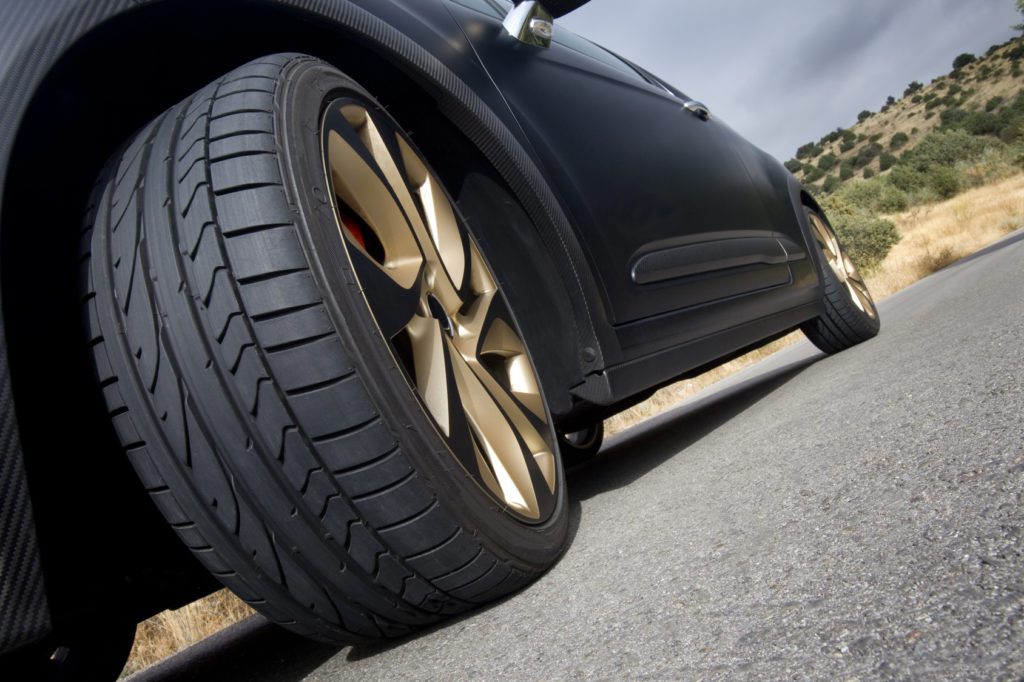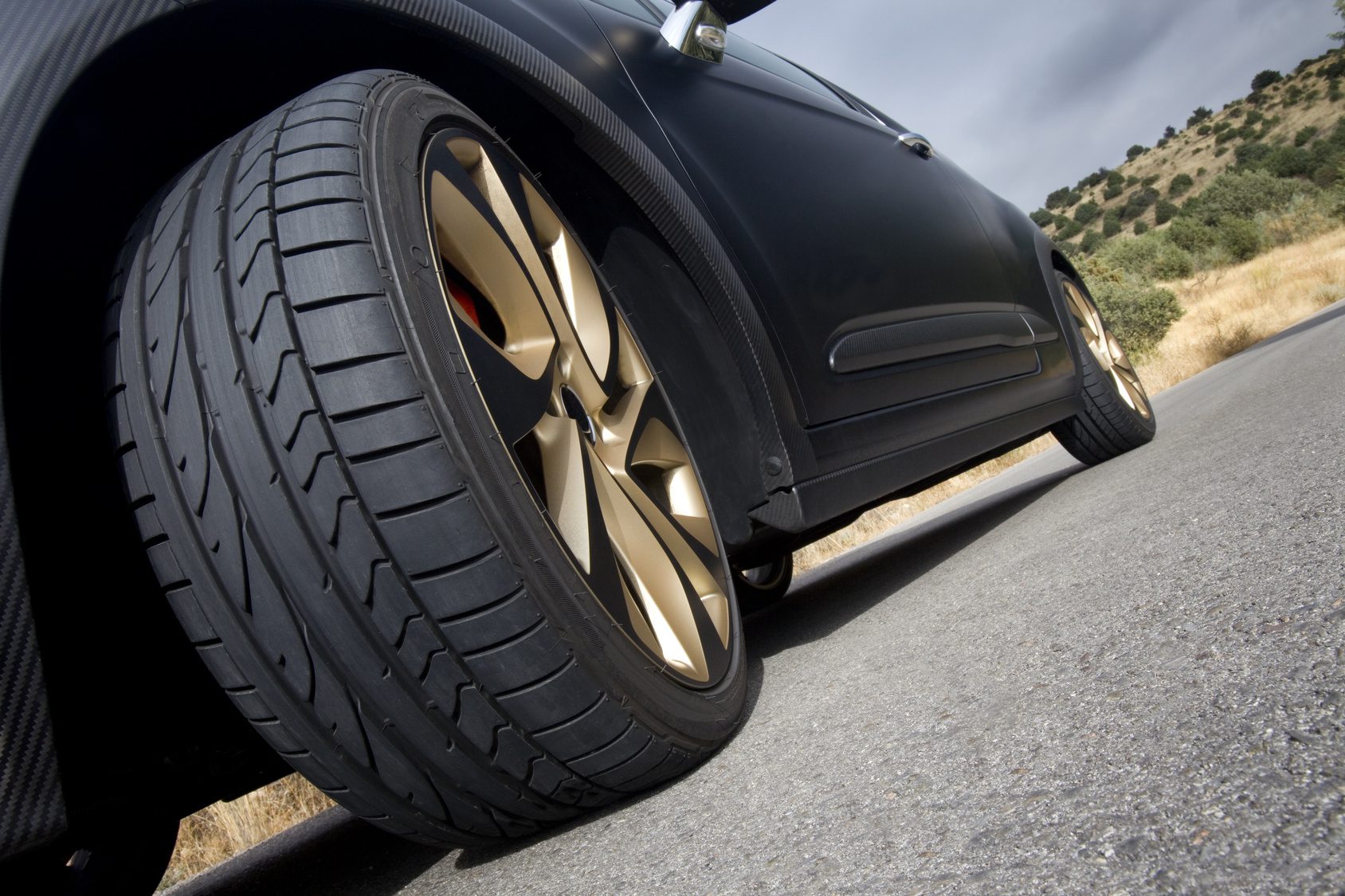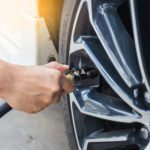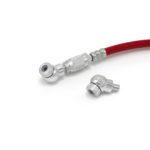How do you Know Which Tire Needs Air?
How do you know which one of your tires need air? Have you ever wondered why your vehicle has a slight pull to the one side when driving on a straight road? It can be a few different things, but the most common reason can be that one of your tires are low on pressure. Your tires are one of the most important aspects of your vehicle and you need to take care of them and treat them accordingly. We will touch on a few different aspects of how to spot and manage a tire with low tire pressure.

Signs your tires need air
Low-pressure reading.
It is important to check your tire pressures often. You can use a digital pressure meter to ensure that the tire pressures are following the manufacturer-recommended level. If you drive a newer car model it might also indicate that you have low tire pressure, by showing a warning light on the dashboard.
Flat
The easiest way of telling if your tire needs air is if your tire is flat. You should have a quick tire inspection each time you are about to drive to ensure that you do not have a flat tire. Other indications of a flat tire might be that you hear odd sounds that are coming from under the car or you may struggle to reach certain speeds.
Poor Fuel Efficiency
If your tires are losing large amounts of air, you will need to fill up on gas more often, until you can re-establish proper pressure levels in your tires. It is estimated that for every PSI drop in pressure you will experience a 0.2% fuel economy drop.
Cooler Weather
When encountering a sudden drop in temperature your tires will also experience a drop in tire pressure. You should check your tire pressure when the temperature starts to decline. It might be a minimal drop in pressure but topping up your tires with air can lead to improved handling when you encounter roads with snow or ice.
Tire pressure guide
You might be wondering what is the correct tire pressure for your car? Usually, somewhere on your tire, normally below the bold letters of the manufacturer, you might see something like ‘Max. Press. 35 PSI.’ this indicates the maximum cold pressure that is needed to carry the maximum load of your car. Cold pressure refers to the pressure needed when your tires are cold, like early morning or when your vehicle has been standing in the shade for a while.
Maximum tire pressure is not always the best. It does allow the optimal handling of the vehicle, but it can cause a decrease in tire life. The rubber rounds at the top when driving and this causes the center to wear out much faster.
The optimal or recommended pressure needed is usually between 30 and 35 PSI. This can be found on a sticker on the door jam or even in your owner manual. Certain models place this detail on the fuel door or the trunk lid.
A good rule of thumb for when to check your tire pressure is every time you fill your car up with gas. It is also important to check your tires with every drop-in temperature or at least every 30 days. This should ensure that you keep your vehicles tire pressure at optimal levels throughout the whole year.
How to inflate car tires at home
It does sometimes happen that you need to inflate your tires at home or even sometimes next to the road, so what do you do? The best way to inflate your tires at home is to use a portable air compressor pump. This is a useful device that ensures you can keep your tires at the right pressure when you are far away from a gas station. There are a few different steps that you need to follow to ensure you get the needed pressure in your tires.
- Make sure you know the recommended tire pressure for your specific tires. This is most commonly found on the side of your tire or if you have a newer car, in the control panel. Make sure you understand the recommended PSI (pounds per square inch) for each tire.
- Remove the valve stem caps from each tire and put them where you can easily find them again.
- Start your vehicle and put the power cord in the 12V power receptacle or “cigarette lighter”. The power cord should be long enough to allow you to reach all four tires.
- Put the inflation nozzle down over the valve stem and push lever down to lock it in position.
- Turn the compressor on and allow it to inflate the tire to the recommended PSI. Keep an eye on the pressure gauge to ensure the correct PSI is achieved.
- If the desired PSI is achieved, turn off the compressor and remove the inflation nozzle. Once removed, put back the valve stem cap that you removed in step two.
- Repeat this process on all the tires that need to be inflated.
You must keep a close eye on the pressure gauge to ensure you do not over inflate the tire. Some compressors allow you to program it to shut down once the desired PSI has been reached.
Final Thoughts
Your tires are one of the most important components of your vehicle and that is why it is so important to take good care of them. Ensuring that your tires are at optimal levels allows your vehicle to operate at peak fuel efficiency and also improves the safety of your vehicle on the open road. Read more about air compressors.





